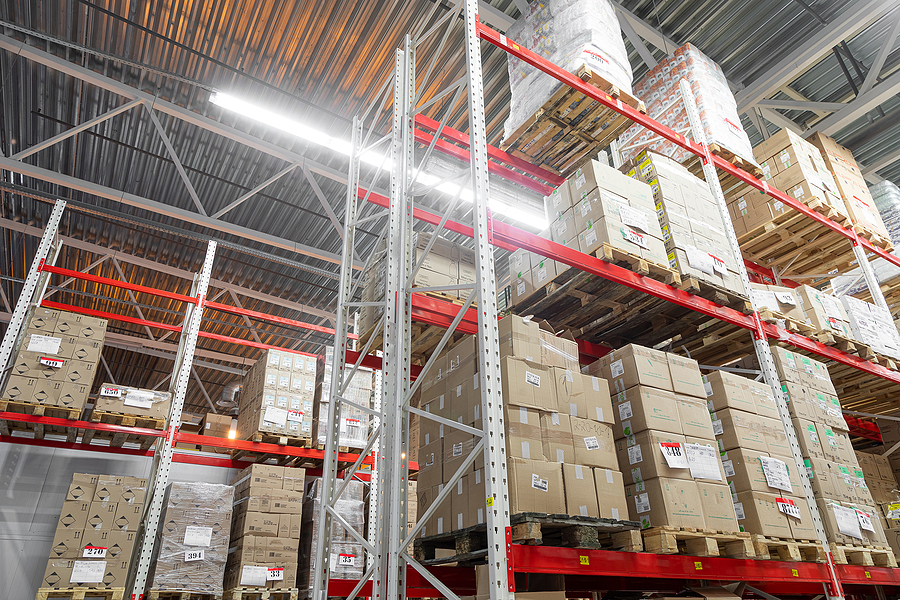Everyone knows that supply chain automation is vital to improving supply chain velocity, resilience, and responsiveness, but the deployment of this solution seems to get lost in the shuffle.
Automating supply chain management processes would save companies time and money in the long run. But as with many aspects of business, companies resist changing from manual to automated processes.
Benefits of Supply Chain Automation
Supply chain automation can be used successfully in all parts of the supply chain, including project planning, raw materials sourcing, manufacturing, delivery, warehouse, inventory, and return.
For example, you can automate BOM production and job scheduling by using software that pulls estimates into production and job scheduling.
You can streamline the process of tracking materials back to individual vendors and compare prices. Using an ERP system such as Acumatica, you can collaborate with multiple suppliers and source raw materials efficiently.
Supply chain automation can help schedule jobs more efficiently and provide customers with better timelines. You can reduce manufacturing waste by using automation software for job scheduling.
You can also track delivery times through your company’s ERP and automate messages to customers alerting them of their order status. Using barcode scanning software can automate inventory management and reduce manual errors.
As a whole, supply chain automation makes a more robust, more efficient operation. In the same way that a chain can only be strong if each link is strong individually, automating the supply chain’s “links” can improve productivity and efficiency overall.
Automated Supply Chain Management: Time Is Critical
By automating processes across the supply chain, goods and information can flow much more quickly. Wholesalers can move goods faster to manufacturers, manufacturers can deliver orders faster, and companies can make more money.
Any slowdown along the supply chain can cause unacceptable delays. Equipment may remain idle if raw goods are not delivered by the expected date, and plants can lose tens of thousands of dollars in profits every day their equipment remains idle. When you add merchants clamoring for items and disgruntled customers into the mix, you can see why a strong, resilient supply chain requires speed, visibility, and efficiency.
Supply Chain Automation with Ease
It may seem daunting to transform from manual to fully automated supply chains. Start by evaluating your company’s ERP platform. How much value is it adding to your business? Is it slowing you down? For your company to benefit from all the benefits offered by supply chain automation, it may be time to upgrade to a new, cloud-based platform if your current software is no longer supported.
As the world continues to feel the pinch of supply chain disruption from the pandemic, and as political and social unrest threatens to continue in Eastern Europe and the Pacific Rim, you should seize any opportunity to improve efficiency. There will still be challenges for manufacturers. You will be better positioned to face these challenges if you ensure that your systems are prepared with as much automation as possible.
You can increase profits and efficiencies by embracing automation in your supply chain process. Now is the time to get started. Schedule your complimentary consultation today.

